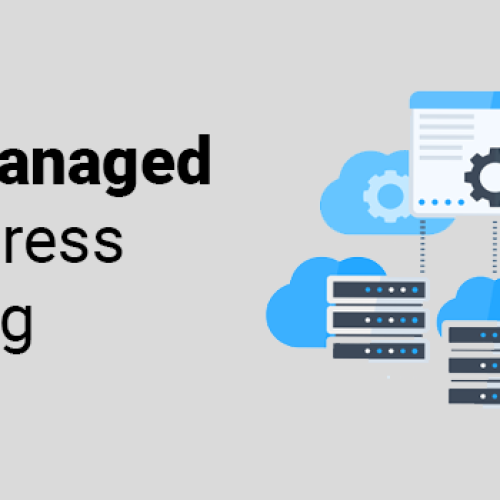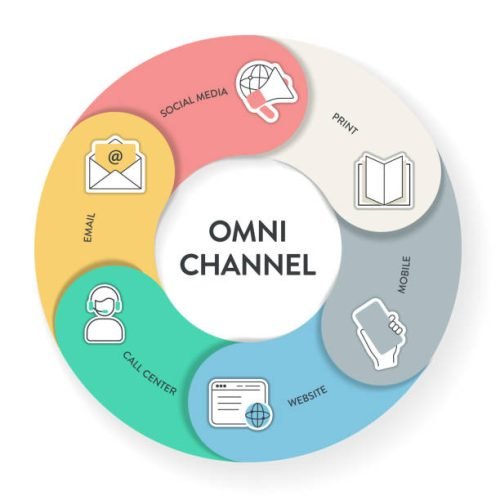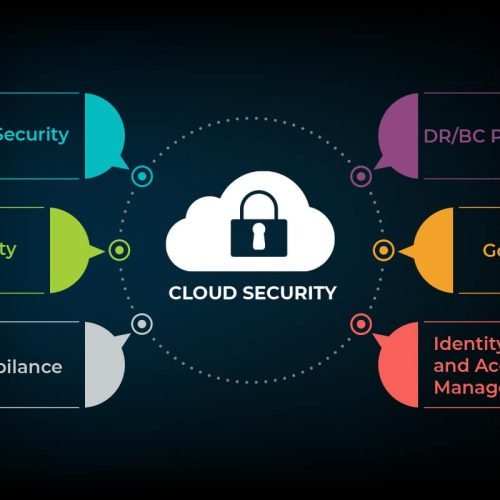Introduction
In 2025, businesses are no longer asking if they should move to the cloud—it’s about how many clouds they should use. The era of multi-cloud and hybrid hosting is here, and it’s reshaping how companies think about infrastructure, scalability, and security.
A multi-cloud strategy means using services from multiple cloud providers, while a hybrid approach combines public and private clouds. Together, they give businesses the flexibility, speed, and resilience needed in today’s digital-first world.
👉 Start with the best cloud providers in 2025:
- Cloudways – flexible multi-cloud management
- Kinsta – premium WordPress & enterprise hosting on Google Cloud
- SiteGround – reliable hybrid solutions for SMBs
- Hostinger – affordable entry point for startups
- Secure global access with NordVPN
What Is Multi-Cloud Hosting?
Multi-cloud hosting is when businesses use two or more cloud providers to host their websites, applications, and data.
Examples:
- A company runs its website on Google Cloud (via Kinsta) but uses AWS for data storage.
- An agency hosts client sites on Cloudways (DigitalOcean + AWS) while keeping backups on another provider.
This approach ensures redundancy, cost optimization, and flexibility.
Why Businesses Are Going Multi-Cloud in 2025
1. Redundancy & Reliability
No single provider guarantees 100% uptime. By distributing workloads, businesses minimize downtime risks.
2. Improved Security
Different providers offer different security layers. Multi-cloud lets businesses combine the best protections.
3. Cost Optimization
Multi-cloud strategies let businesses pick cost-effective solutions for each workload.
4. Compliance & Data Residency
Some industries (finance, healthcare) require storing data in specific regions. Multi-cloud makes this possible.
5. Performance
By deploying servers closer to users, businesses reduce latency and improve user experience.
Challenges of Multi-Cloud Hosting
- Complexity: Managing multiple providers requires expertise.
- Costs: Without careful planning, bills can rise.
- Integration: Apps and workflows must sync across providers.
- Security: More endpoints mean more responsibility.
👉 This is why managed providers like Cloudways are so valuable.
The Best Multi-Cloud Providers in 2025
Cloudways ⭐ (Flexible Multi-Cloud Management)
- Choose between AWS, Google Cloud, DigitalOcean, Linode, Vultr.
- Managed firewalls, backups, and staging environments.
- Pay-as-you-go flexibility.
- Ideal for agencies and developers.
💡 Best for: Businesses that need managed multi-cloud hosting without complexity.
Kinsta 🚀 (Premium Google Cloud Hosting)
- Built on Google Cloud’s premium C2 machines.
- Free CDN, SSL, and daily backups.
- Advanced monitoring and security.
- Ideal for WordPress, SaaS, and high-traffic sites.
💡 Best for: Enterprises that want scalability and enterprise-grade performance.
SiteGround 🌍 (Reliable Hybrid Hosting)
- Google Cloud-powered infrastructure.
- AI-driven security and anti-bot systems.
- Daily backups included.
- Great customer support.
💡 Best for: SMBs needing reliable hybrid solutions.
Hostinger 💸 (Affordable Entry to Cloud)
- Budget-friendly cloud hosting plans.
- LiteSpeed servers for speed.
- Free SSL and weekly backups.
- hPanel interface for easy management.
💡 Best for: Startups and small businesses exploring cloud hosting.
Comparison Table: Multi-Cloud Providers in 2025
| Provider | Key Features | Best For |
|---|---|---|
| Cloudways | Managed multi-cloud, flexible providers | Agencies, developers |
| Kinsta | Premium Google Cloud C2 hosting | Enterprises, SaaS |
| SiteGround | Hybrid solutions, AI security | SMBs, agencies |
| Hostinger | Budget-friendly cloud hosting | Startups, small businesses |
Security in Multi-Cloud Environments
Security is a major factor in multi-cloud hosting.
- Use SSL certificates across all platforms.
- Automate backups across multiple providers.
- Enforce Zero Trust principles for access.
- Secure remote admin logins with NordVPN.
Checklist: Adopting Multi-Cloud in 2025
- Define your goals (performance, redundancy, compliance).
- Choose providers that match your needs (Cloudways, Kinsta, SiteGround, Hostinger).
- Set up monitoring and cost-control dashboards.
- Automate security (firewalls, backups, VPN access).
- Test redundancy and failover regularly.
FAQ – Frequently Asked Questions
Is multi-cloud hosting expensive?
Not necessarily. With providers like Cloudways and Hostinger, businesses can optimize costs.
Which provider is best for developers?
Cloudways offers flexibility across multiple cloud providers.
Can small businesses use multi-cloud?
Yes. Even small companies benefit from redundancy and cost savings by combining providers.
Do I need a VPN for multi-cloud management?
Yes. A VPN like NordVPN secures admin logins and prevents unauthorized access.
Conclusion
In 2025, multi-cloud hosting is the future of digital infrastructure. Businesses are moving to hybrid models for speed, security, and scalability.
👉 Our top recommendations:
- Flexible multi-cloud → Cloudways
- Premium performance → Kinsta
- Reliable support → SiteGround
- Affordable entry → Hostinger
- Secure access → NordVPN
The businesses that adopt multi-cloud strategies in 2025 will gain resilience, efficiency, and a competitive edge. 🚀








